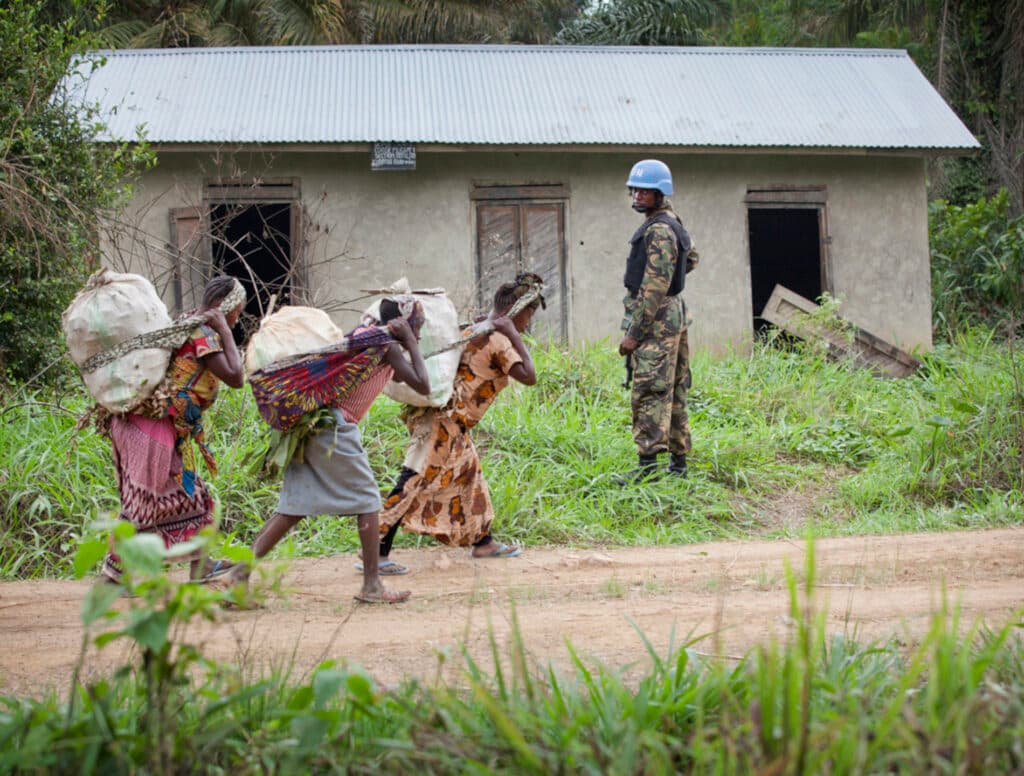
Sexual violence and IHL
The protection against sexual violence under international humanitarian law
Sexual violence is committed on a large scale in many conflicts, primarily against women and girls, but also against men and boys. International law sets out absolute prohibitions of sexual violence.
Sexual violence occurs in different forms and many conflicts around the world.
Many forms of sexual violence are committed against women and girls by men, as a result of unequal power relations between the genders. Yet men can also be victims of sexual violence.
Sexual violence, such as rape, is often used as a deliberate strategy of warfare with the aim of destabilising societies and enemy forces by threatening and humiliating men, women, and children. Sexual violence is also used as revenge against individuals, families and communities.
Impact of sexual violence in conflict
Rape and other forms of sexual violence during armed conflict create immense physical and psychological harm. However, proper medical services, not least with regard to abortions and HIV/Aids treatment, are often scarce.
Survivors often meet widespread discrimination and rejection from their communities. Many women are abandoned by their husbands and are left as the sole caretakers of the children. This rejection has severe economic consequences for them since they are deprived of their homes and their sources of livelihood.
The stigma survivors face adds to the psychological harm they already endured from the experience. Likewise, children born out of rape often face severe problems, being ousted, together with their mothers, from the community.
IHL definition sexual violence
According to the International Committee of the Red Cross, sexual violence includes the following acts; rape, forced prostitution, sexual slavery, forced pregnancy, forced maternity, forced termination of pregnancy, enforced sterilization, indecent assault, trafficking, inappropriate medical examinations and strip searches.
International humanitarian law (IHL) expressly protects women against rape, enforced prostitution or any other form of indecent assault (article 27 of the Fourth Geneva Convention, article 75(2)(b) and 76 of Additional Protocol One).
Many forms of sexual violence, such as rape, are implicitly covered by the prohibitions on torture, other cruel, inhuman and degrading treatment, and outrages against personal dignity as laid down in, for example, the Convention against Torture (CAT), common article 3 of the four Geneva Conventions, article 75 (2) of the First Additional Protocol, and article 4(2) in the Second Additional Protocol.
The prohibition against torture also forms part of customary international law. A violation of the prohibition constitutes a grave breach under Article 147 GCIV.
Domestic violence and armed conflict
During armed conflicts there is often an increase in domestic violence, including sexual violence. The reasons for are complex and diverse. For example, poverty, social changes, and a failure to protect the family may erode men’s traditional roles and leave them with a sense of helplessness. To compensate the frustration, men may seek to affirm their masculinity in other ways, or give vent to their frustration, including through committing acts of violence in their own homes.


